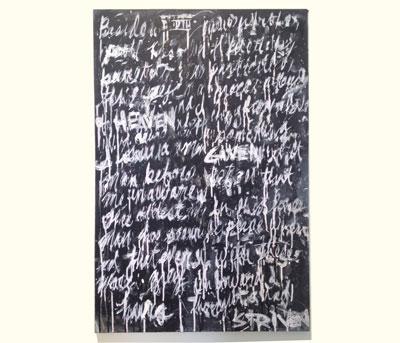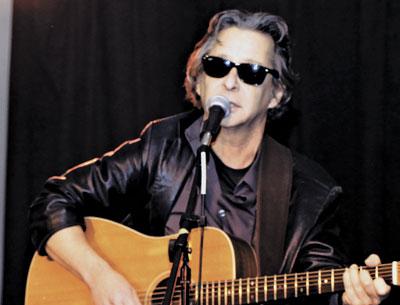Mahler Lecture
Mahler Lecture
Guild Hall will present a recorded concert from the Lucerne Festival, featuring Claudio Abbado conducting Mahler’s Symphony No. 2 (Resurrection) in C minor, on Saturday night. Mr. Abbado, who died this year, was one of the foremost conductors of Mahler.
This composition is considered one of Mahler’s most emotionally powerful works. It will be preceded by a lecture by Gilbert Kaplan, given in the John Drew theater at 6:45, with the screening at 8.
Mr. Kaplan, who has a house in East Hampton, is a Mahler expert and a conductor himself; he has been invited to lead performances of the symphony by more than 50 orchestras around the world. As a faculty member of Juilliard, he has also lectured widely on the composer. His illustrated lecture will be accompanied by 30 recorded examples of performances of the piece.
The concert also features Eteri Gvazava, Anna Larsson, and Orfeón Donostiarra. The cost for the evening is $18, $16 for Guild Hall members.


